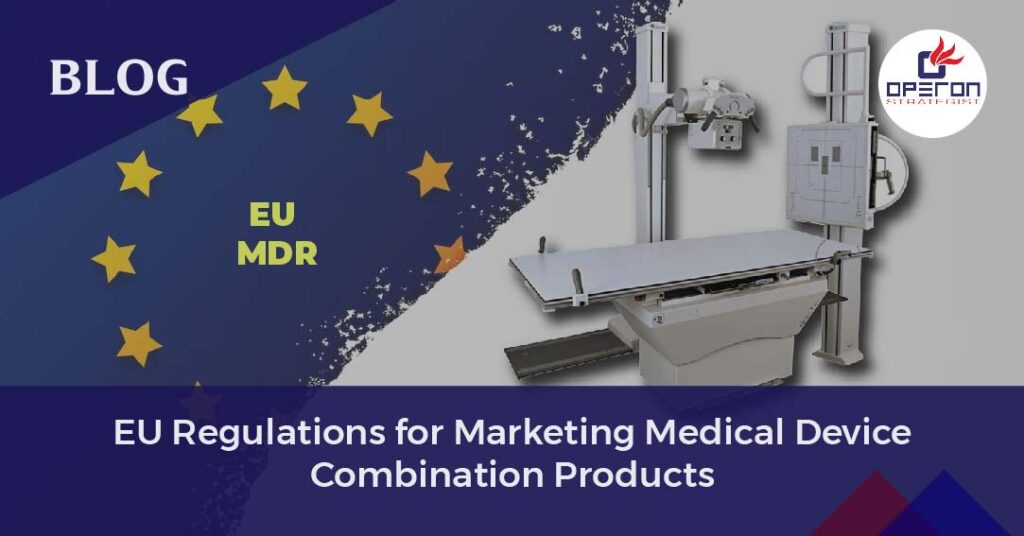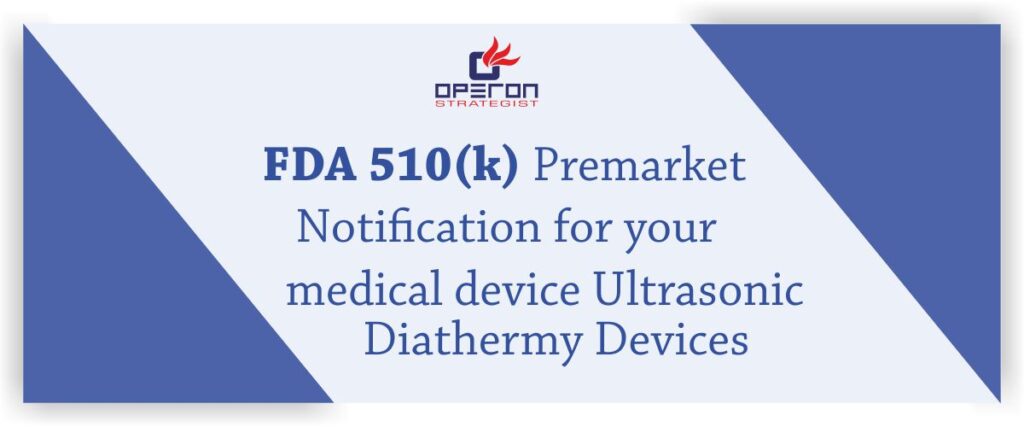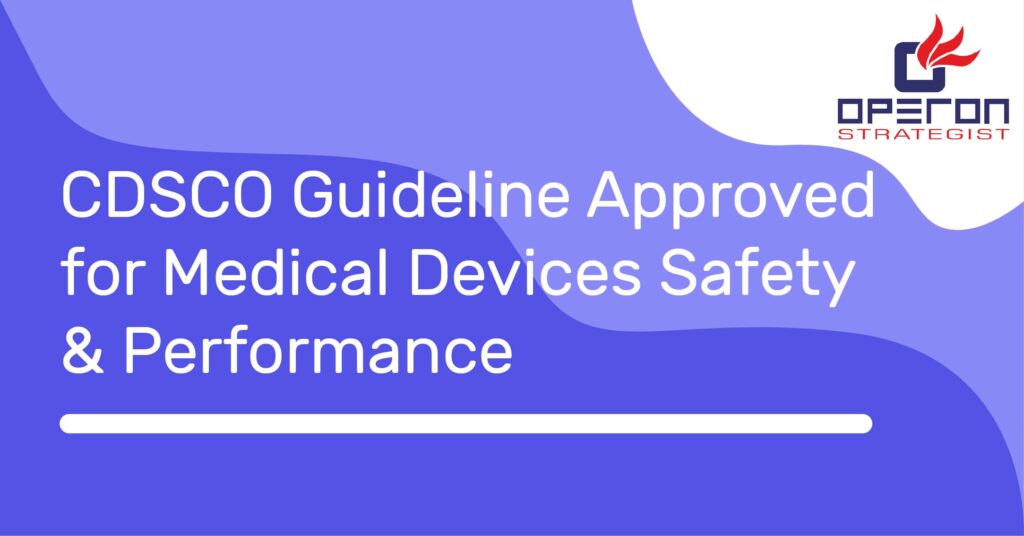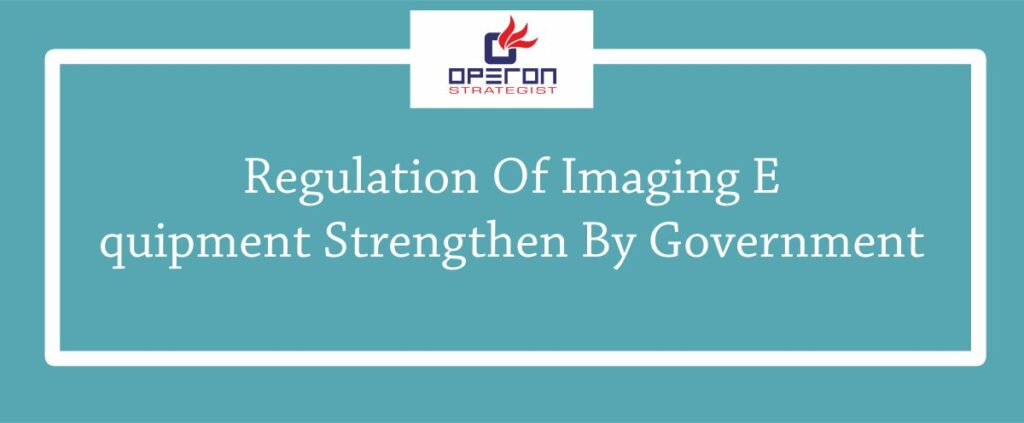Introduction to Medical Device Combination Products
Welcome to a guide simplifying regulatory rules for Medical Device Combination Products. These unique hybrids revolutionize healthcare, but sticking to regulations is crucial.
Imagine devices and meds teaming up for better treatments. But getting these innovations out there isn’t simple. Regulations ensure they’re safe and effective. Navigating this means understanding evolving rules.
In this article, we’ll demystify the compliance process for Medical Device Combination Products, providing valuable insights for manufacturers, healthcare professionals, and anyone curious about regulatory requirements.
Looking For Consultants?
Let’s have a word about your project
Definition of Medical Device Combination Products
Medical Device Combination Products, as defined in CFR, encompass combinations of medical devices, drugs, and/or biologics. These components can be physically combined or packaged together for use. These products leverage the strengths of each component for enhanced therapeutic benefits.
Take drug-eluting stents (DES) as a drug-device combination product example. It involves a medical device—a metal scaffold placed in arteries—and a drug coating. The device props open arteries, while the drug prevents scar tissue growth. This synergy embodies CFR’s concept of combining medical devices and drugs for improved treatment outcomes.
Need more information about drug-device combination products? Please refer to our service page. Drug-Device Combination Product Consultant
Choosing the Market: US vs. EU Regulatory Differences
When deciding where to launch Medical Device Combination Products, remember the regulatory rules in the United States (US) and the European Union (EU). The US has simpler rules thanks to the Office of Combination Products (OCP). But the EU has a more complicated path since there’s no exact category for these products, making sorting out rules and submissions more complex.
For those planning to bring their combination product to the European Market, you’ll find the following information beneficial.
Primary Mode of Action (PMOA) Determination
Within the EU’s regulatory framework, “Primary Mode of Action” (PMOA) is a crucial concept for Medical Device Combination Products. It signifies the main intended function of a product – whether as a medical device or a medicinal product. This determination directs the regulatory path:
Medical Device PMOA: Falls under the EU Medical Device Regulation (MDR) or In Vitro Diagnostic Regulation (IVDR), complying with device guidelines and assessed by notified bodies.
Medicinal Product PMOA: Assessed by the European Medicines Agency (EMA) like other medicinal products.
Navigating EU Regulatory Pathways for Medical Device Combination Products
When introducing Medical Device Combination Products to the European market, the regulatory journey is influenced by the unique nature of these products. Notably, the absence of a specific category for such products presents distinct challenges. Here’s a concise overview:
- Primary Mode of Action (PMOA) Determination: Define whether your product primarily functions as a medical device, drug, biologic, or a combination of these elements. This decision guides subsequent regulatory steps.
- Regulatory Classification: Based on the PMOA, classify your product under relevant regulations – medical device, drug, or biology.
- Conformance to GSPR and CE Mark: If categorized as a medical device, ensure adherence to the general safety and performance requirements (GSPR) outlined in Annex I of EU MDR 2017/745. Attain a CE Mark from a notified body (NB) as proof of compliance
- Approval of Ancillary Medicines: Products containing ancillary medicines, like drug-eluting stents, require approval for these medicines from the European Medicines Agency (EMA).
- Interaction between Notified Body and EMA: Notified bodies may consult EMA’s scientific opinion for specific cases, such as substances from human blood/plasma or those previously evaluated by EMA.
This collaborative approach ensures that ancillary medicines meet rigorous standards for quality, safety, and effectiveness. Despite the intricate regulatory landscape due to the absence of a specific category, this pathway guarantees that Medical Device Combination Products fulfill the highest standards for patient well-being and product efficacy within the European Union.
Ensuring Compatibility and Coherence for Medical Device Combination Products
Within the realm of Medical Device Combination Products, ensuring compatibility and coherence involves the seamless integration of diverse components. This encompasses the alignment of the medical device, drug elements, and any ancillary factors. The objective is to establish a cohesive functioning wherein all constituents operate harmoniously to attain the designated therapeutic outcomes. This necessitates rigorous testing, comprehensive evaluation, and collaboration among specialized experts across various domains, such as medical devices and pharmaceuticals. By upholding compatibility and coherence, the resultant product maintains its safety, efficacy, and overall functionality, thereby delivering enhanced healthcare solutions to patients.
How Can Operon Strategies Help You Market Medical Device Combination Products in the EU?
Operon Strategist, with over a decade of close collaboration with various regulatory agencies, is your partner in effectively marketing Medical Device Combination Products in the EU. With our regulatory expertise, we guide you through classification, compliance, and CE Mark certification. Trust Operon Strategist to ensure your product meets high-quality standards while reaching your target audience with precision.
Need more Clarity on Medical Device Combination Products? Contact us Today!

-
Operon Strategisthttps://operonstrategist.com/author/snehal/
-
Operon Strategisthttps://operonstrategist.com/author/snehal/
-
Operon Strategisthttps://operonstrategist.com/author/snehal/
-
Operon Strategisthttps://operonstrategist.com/author/snehal/




